13 Things To Consider Before Getting Multiple Dogs
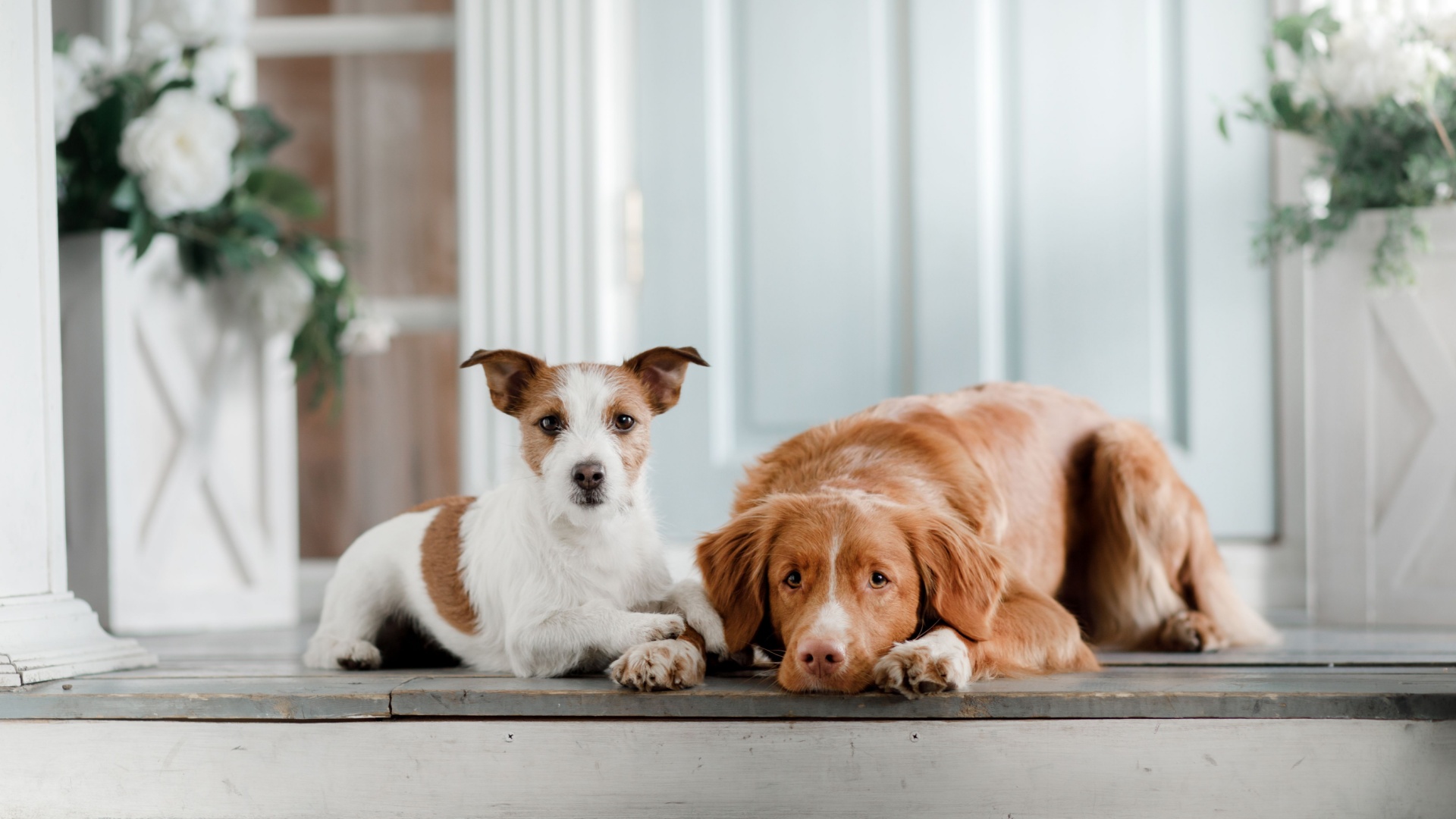
Bringing home one dog is a big decision, but adding another (or more) turns your home into a full-blown furry fiesta! While the idea of multiple tail wags, endless playtime, and double the love sounds amazing, it also comes with extra challenges.
From managing personalities to handling feeding time like a pro, there’s a lot to consider before turning your home into a multi-dog paradise.
Before you welcome another four-legged friend, let’s dive into the key things you need to know to keep the peace, maintain your sanity, and ensure a happy, balanced pack!
1. Space Requirements

Space is a crucial factor when considering multiple dogs. Imagine two happy tails wagging through your living room, weaving in and out of furniture. A small apartment might become a tight squeeze with more than one dog, leading to frustration for both you and your pets. Ensuring ample space allows your dogs to move freely and have their corners in your home.
Outdoor space is just as important. A fenced yard provides a safe place for your dogs to exercise and play, reducing the need for constant walks. Without it, you’ll find yourself heading to the park more often than you’d like.
Consider your dog’s breed, as larger breeds require more room to stretch their legs, while smaller ones might be satisfied with less. Remember, a clutter-free space can lead to a stress-free life for your dogs.
2. Financial Considerations

Before doubling up on dogs, examine your budget carefully. More dogs mean more mouths to feed, more toys to buy, and more vet bills to pay. It’s not just about the initial cost; ongoing expenses can add up quickly, making it crucial to have a clear financial plan.
Think about food, grooming, and medical care. High-quality dog food isn’t cheap, and regular vet visits become more frequent and costly with multiple dogs. Ensuring you have pet insurance or a contingency savings plan can alleviate unexpected costs. Don’t forget about those unforeseen expenses like emergency vet visits or replacements for chewed-up furniture.
Having a robust budget in place ensures that you can provide for your furry family without compromising on your lifestyle.
3. Time Commitment
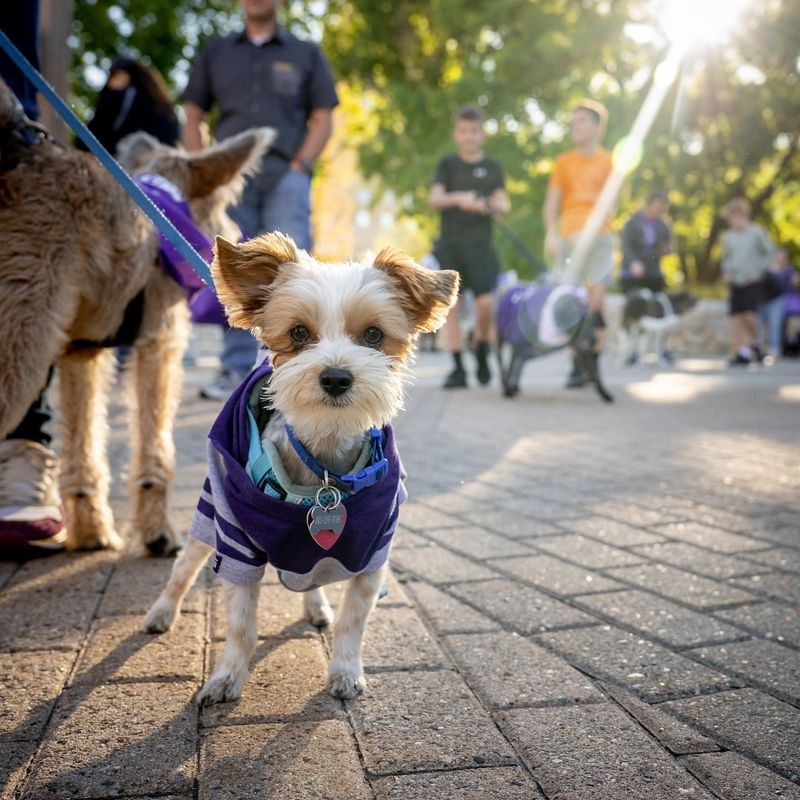
Owning multiple dogs demands significant time and energy. Picture yourself managing walking schedules, feeding routines, and play sessions for more than one pet. It’s not just a case of doubling your current efforts; each dog will have unique needs and personalities.
Training can become more complex with multiple dogs. They may distract each other or develop undesirable behaviors if not managed properly. Consistent training sessions and individual attention are crucial. Consider your lifestyle. If your schedule barely accommodates one dog, adding another might stretch your resources too thin.
Assess how much time you can realistically devote to your pets daily, ensuring each dog gets the care and affection it deserves.
4. Training Challenges
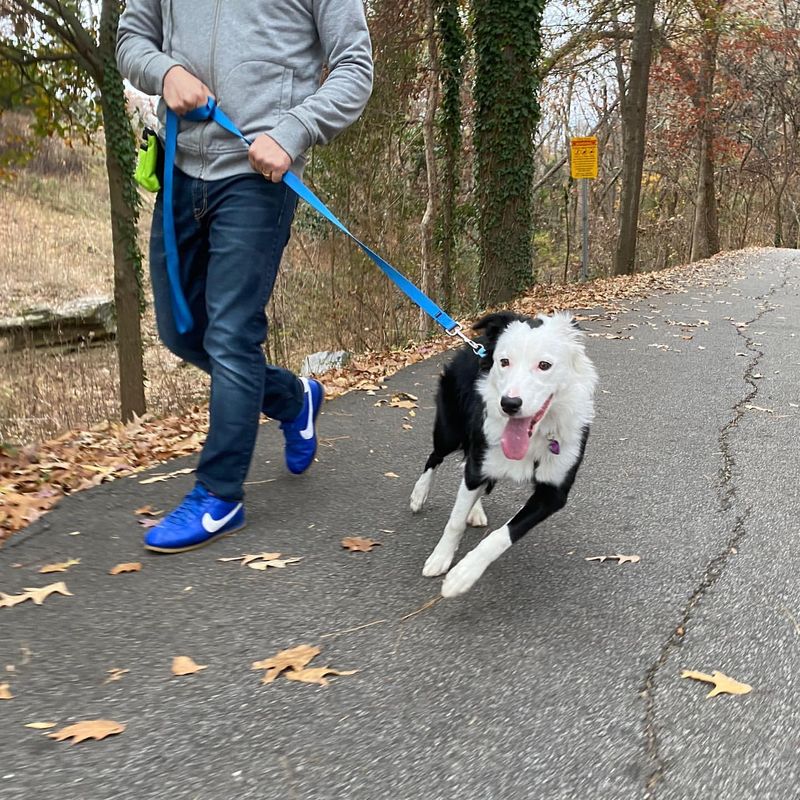
Training multiple dogs presents a unique set of challenges. Picture the scene: two excited dogs eagerly waiting for a command, but each interpreting it differently. Teaching obedience requires patience and consistency, as dogs can quickly pick up each other’s bad habits.
Group training can be effective but should be supplemented with individual sessions. This allows each dog to learn at its own pace without the distraction of its playmate. Remember, a structured training plan benefits your dogs and instills harmony in your household.
Investing time in training at the outset prevents behavioral issues down the line and ensures all dogs live happily together.
5. Compatibility Of Breeds

Not all dogs get along like peas in a pod. When considering multiple dogs, it’s vital to assess the compatibility of their breeds. Some breeds naturally gel well due to similar energy levels and temperaments, while others might clash.
Imagine the chaos of pairing a high-energy Border Collie with a laid-back Bulldog. Understanding breed characteristics helps you predict how they might interact. Doing thorough research or consulting with a veterinarian or dog trainer can guide your choices.
Also, consider the age and gender mix. Puppies might annoy older dogs with their antics, and two males might show territorial behavior. Carefully curating your furry family ensures a peaceful cohabitation.
6. Health Management
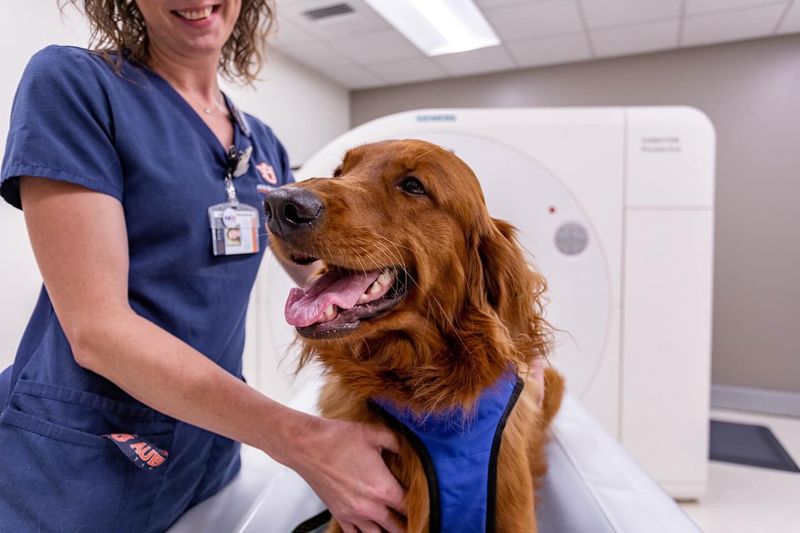
Managing the health of multiple dogs can be like juggling flaming torches. Each dog requires regular vet check-ups, vaccinations, and preventative treatments like flea and tick control. It’s essential to keep track of each dog’s health records meticulously to avoid any lapses.
Imagine the extra effort in ensuring all dogs have their unique dietary needs met. Some might need specific food for allergies, while others require special supplements. Consult your vet to tailor a health plan for each dog. Furthermore, be vigilant for signs of illness, as diseases can spread quickly among dogs.
Prompt treatment ensures your furry friends remain healthy and happy, preventing vet visits from becoming a regular occurrence.
7. Socialization Needs
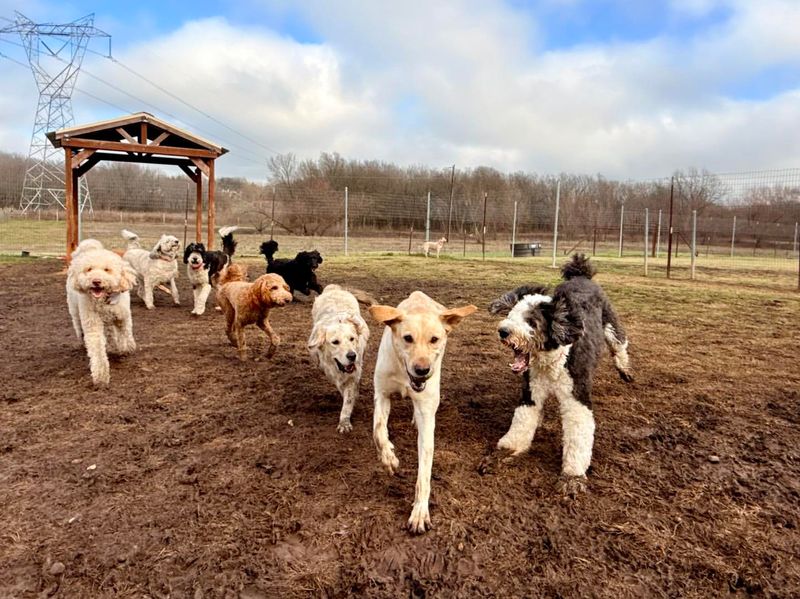
Dogs are social creatures, and those in a multi-dog household benefit from regular socialization. Imagine the joy of watching your dogs play and interact with others, learning manners and social cues. However, socialization doesn’t stop at home.
Regular visits to dog parks or arranging playdates with other dogs enrich your pets’ lives and help prevent behavioral issues. Exposure to different environments, people, and animals builds confidence and reduces anxiety.
Remember, each dog has its comfort level, so observe their interactions closely. Some might need more encouragement to mingle, while others might need reigning in. Ensuring balanced socialization is key to a well-adjusted pack.
8. Emotional Needs
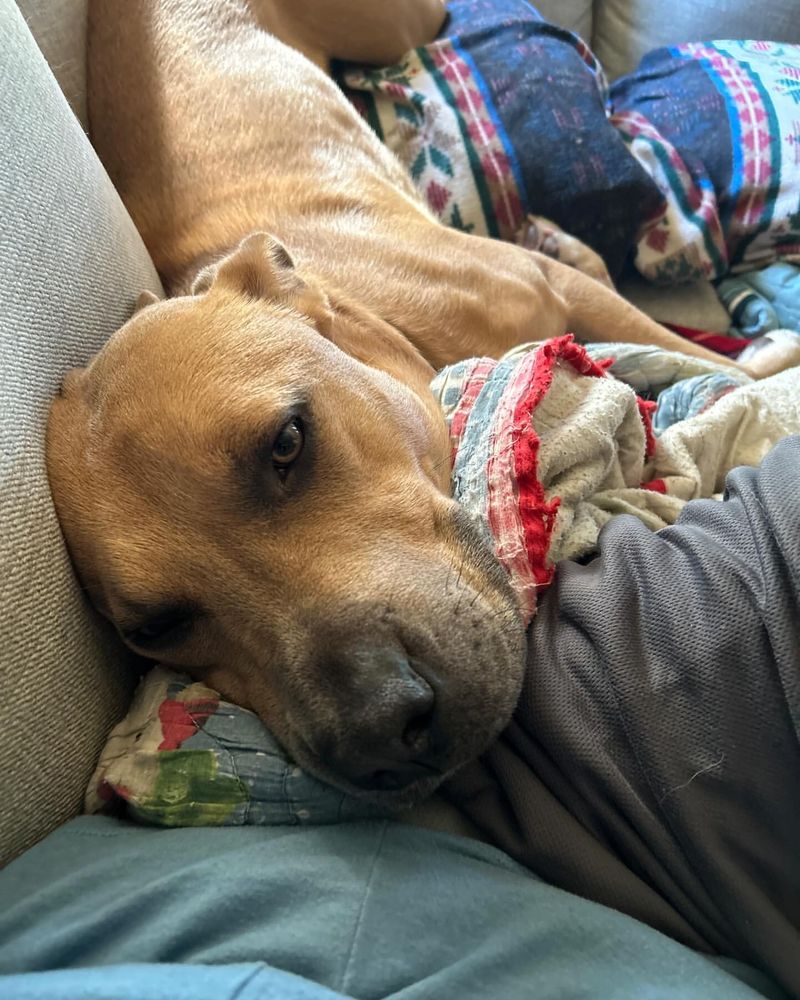
Dogs thrive on love and attention, and having multiple dogs means spreading your affection across all. Visualize the challenge of ensuring each pet receives the emotional support it needs. Dogs can become jealous or exhibit behavioral issues if they feel neglected.
Setting aside quality time for each dog strengthens your bond and prevents rivalry. Individual attention is crucial, whether it’s a one-on-one walk or a cuddle session on the couch. Be mindful of how your dogs interact with each other.
Encouraging them to form their friendships creates a harmonious environment where your dogs feel secure and loved.
9. Pack Dynamics

Understanding pack dynamics is key to managing multiple dogs. Picture your home as a small wolf pack, where hierarchy and roles are naturally established among your dogs. Some dogs take on leadership roles, while others are content to follow.
Observing these dynamics helps you intervene when necessary, preventing dominance issues. Reinforcing your role as the pack leader is crucial to maintaining harmony and ensuring each dog respects both you and their furry siblings. Consistency in rules and boundaries helps manage pack behavior.
Encourage positive interactions and provide guidance to avoid conflicts, ensuring your multi-dog household operates smoothly.
10. Feeding Arrangements
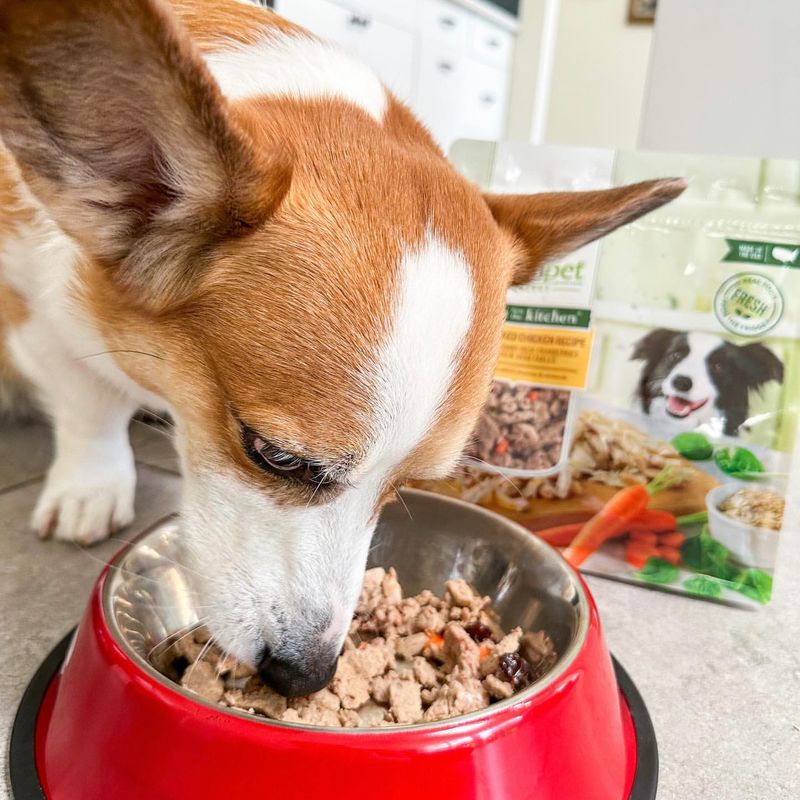
Feeding multiple dogs can resemble a chaotic school lunchroom if not managed well. Consider the logistics of meal times, ensuring each dog receives the correct portion and diet. Some dogs may be on special diets, requiring separate feeding areas to prevent food theft.
Establishing a feeding routine prevents squabbles and reinforces structure. Separate bowls and designated spaces make meal times more orderly and less stressful. Monitoring your dogs during meals also helps spot any issues, like one dog eating too fast or showing food aggression.
Careful management of feeding ensures all your dogs remain healthy and satisfied.
11. Vacation Planning

Vacation planning becomes another level of strategic operation when you have multiple dogs. Imagine the fun of holidaying with your dogs, but also the logistics involved. Whether you bring them along or arrange for their care, planning is essential.
If traveling with your dogs, consider pet-friendly accommodations and transport. Ensure you pack enough supplies, from food to toys, to keep your dogs comfortable on the go. Alternatively, arranging a pet sitter or boarding requires thorough vetting to ensure your dogs are in safe hands.
With careful planning, you can enjoy your vacation knowing your dogs are happy and well-cared for.
12. Behavioral Monitoring

Keeping an eye on your dogs’ behavior is crucial for a peaceful multiple dog household. Imagine the subtle cues and signals your pets give during interactions. Being attuned to these helps prevent fights and manage tensions.
Regularly observing how your dogs interact allows you to catch any behavioral issues early. This could include signs of aggression, anxiety, or jealousy that might arise as they form their social structure. Engage with a dog behaviorist if you notice persistent issues.
Professional guidance can provide strategies to improve behavior, ensuring your dogs coexist happily.
13. Adoption Timing
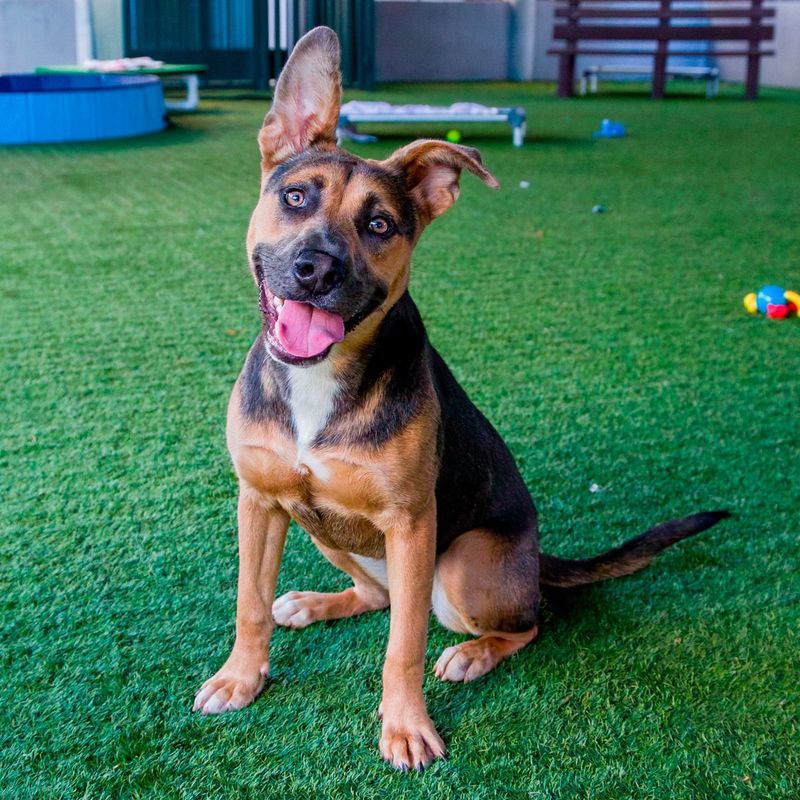
Timing plays a significant role in successfully managing a multi-dog household. Visualize your current dog’s routine before adding another. Ensuring your first dog is well-adjusted and trained simplifies integrating a new addition.
Consider the age and energy level of your current dog. Introducing a puppy might be easier to manage than two dogs of similar ages vying for dominance. Taking the time to introduce a new dog properly prevents potential conflicts and helps the transition run smoothly.
Patience and careful planning allow your dogs to become fast friends rather than foes.






